For On Transversality in Practice and Research we have devised an online exhibition that reflects on different aspects set out by our conference themes. The artworks below have been selected through the open call process. The works by Maria Teresa Gavazzi, Emily Beaney, Stav B and Caio Amado Soares are visible on this virtual space, whilst Niya B‘s project has been circulated physically, in the shape of a mail art project.
Below you will find the artworks and artists’ statements/notes about each work. You can also download the artists’ concepts and works here or at the button below. Enjoy the gallery!
Maria Teresa Gavazzi, In Cammino/On Foot: Incontri sulla Via Francigena da Roma a Londra/Encounters on the Via Francigena from Rome to London
1300 miles on foot from Rome to London! This is what many migrants did at the turn of the twentieth century, to reach the UK from Italy. And even today, thousands of migrants travel miles, often on foot, to escape poverty and war or just to follow their hopes and aspirations.
So, I too set off on foot, following the Via Francigena, the ancient pilgrim route from Canterbury to Rome, in the opposite direction, to get to London where I live. I conceived the journey as a performance, an experience of encounters. With my mobile phone I took pictures of paths, buildings, statues, animals and more, encounters that aroused memories and emotions. I also collected stories that I call fluid migration, featuring people who have the courage to leave for unknown places, but also people who, while standing still or moving only a few miles from their birthplace, challenge the limits and boundaries imposed by circumstance and society: people who reinvent themselves. I sketched their portraits, which I gave them as a gift. In return, I took a photo of each one holding the portrait in front of their face, in order to protect their identity.
The images and stories presented are extract from my book In Cammino/On Foot (BookTime Milano, 2020). Not only a documentation of my experience walking from Rome to my home in London, but an artwork in its own right.
They are relevant to the theme of transversality for their quality of encounters, with people, landscape and things, that cross borders, intersect multiple layers of history, art and culture, and ultimately trigger my own thoughts, memories about my life, my childhood and past encounters.
Once the journey was over, though, the live experience was lost. So, my graphic designer friend Alberto Bonanni and I thought we could transcend the chronological order into a deconstruction of the past. By randomly mixing the images, a timeless journey of encounters and emotions was recreated, “a series of new paths, new connections, new unexpected events […] setting off from a physical map, transcending to a mental map, in which it is possible, once again, to get lost.” (Alberto Bonanni, Notes on the Layout).
I was born in Milan in 1950 and spent my childhood in São Paulo. Currently I live and work in London. In 1973 I was awarded a MA degree in Painting from the Brera Fine Arts Academy in Milan and not long ago, in 2018, I graduated in Social Anthropology (MA Migration and Diaspora Studies) at SOAS, the School of Oriental and African Studies in London. Over the years, I have embraced painting, collage, photography, installations, videos, performances, and interactive projects. My work has been exhibited in Europe, Great Britain, and Japan at, among others: International Biennial of Photography, Turin; Magazzini del Sale, Venice; Nederland Fotomuseum, Rotterdam; the Osaka Triennale; the Book Photography Festival at the Benaki Museum Pireos Street Annexe, Athens.
Stav B, How Long is Ariadne’s Thread?
A performance in film by Stav B (November 2020)

Completing, 2011 © Sophie Allen 
Untitled, 2005 © Jorge Monedero
“How Long is Ariadne’s Thread?” is a multi disciplinary piece of work, incorporating spoken word, sound, performance, and film.
Inspired by Greek mythology of story telling and the current situation of COVID-19, this is work in isolation, loaded with symbolism and innuendo, mystery and beauty. It deals with lines, space, intersections, labyrinths, dilemmas, routes, and imagination. To manifest this work, I use my body in situ, mapping, marking, declaring, uniting. The black thread endless, embodying the topology, questioning and answering, solving, starting, finishing, continuing. A genderless lone entity in space routing in inclusion, creating a new story with alternative versions.
Transversality, as a word and notion inspired me to take part in this conference. Work in isolation is tricky, but also exciting, as this enforced enclosure provides time and space for creativity- has the potential to offer this, at least.
That was my initial thread and while the thread unravelled, so was the concept:
A lone figure disentangling a cone of black yarn in loop, stopping, starting, arriving, departing and acting out personal processes (typing, smashing, blowing, stitching, drumming, ringing).
A continuous quest to sustain the mystery and expand the imagination. Reach an understanding.
Outside. Embracing nature’s elements: the soft and wet earth, the cold wind and the warm sunshine, the late autumn’s golden light and the magpies asserting their belonging.
This is the place where I take my daily walks, this is the place that holds all the answers and keeps all the secrets.
My work is placed at the junctions of visual art and performance, and deals with the on-going theme of (sexual) identity, love, the politics of the female gaze, the aesthetics of beauty, obsession and transformation, and nature and evolution. The linear progress of my body of work (from sketches to sound) has shaped my direction and focus. Drawing from music and sounds, nature, mathematics, the subversion of the domestic, and engaging in body movement, I create a storytelling and a solitary voyage.
Emily Beaney, Breaking the Fall
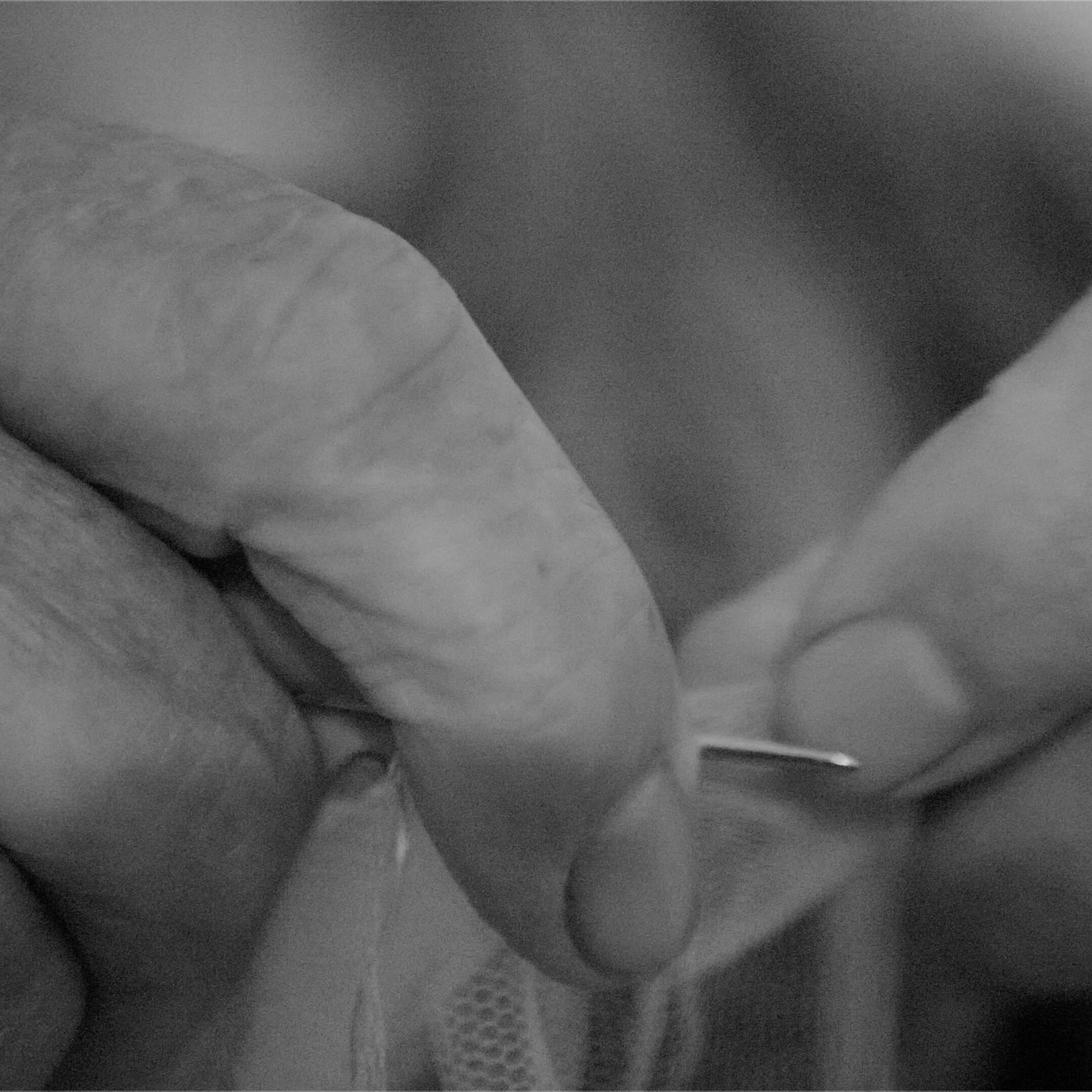
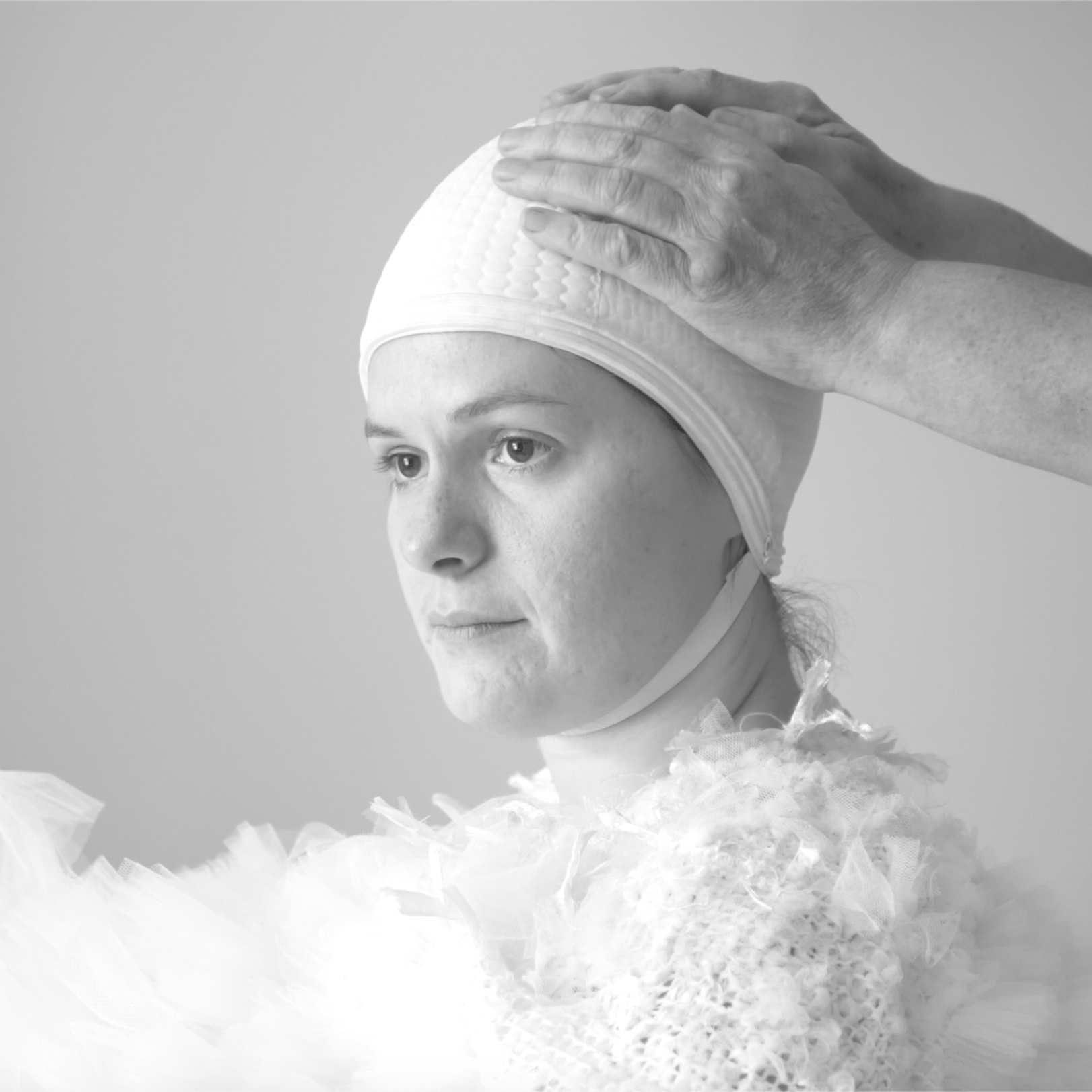

A result of medical culture claiming authority on the definition of what it means to be ill, is a blurring of the concepts of disease and illness. Whilst disease refers to undesirable physiological changes, illness refers to a body and mind embedded within the everyday (Schneider and Conrad, 1983). The blurring of these concepts neglects the personal and social properties of illness as a lived experience (Carel, 2016). Such a deficit in understanding has shifted power towards scientific knowledge and away from the individual. A need exists for knowledge of how everyday experiences of illness can be translated and expressed outside of medical institutions. Medical forms of translation, such as X-ray or EEG, evidence disease only, using technologies that negate the body as a centre of knowledge. To generate a shift in representation, my filmic contribution to Techne’s online conference, utilises phenomenological approaches to documentary-based research to restore individual agency over illness by validating subjective perceptions as expressions of embodied knowledge. By placing emphasis on the affective potential of these experiences, documentary film acts as a new means of representation that is reflective of lived experiences and counter to stigmatic generalisations that can unfortunately accompany diagnostic terms.
“Breaking the Fall” is a trilogy of experimental short documentaries, created in collaboration with my mother Cherrie Beaney. Engaging in a process of power reclamation, the films foreground women’s lived experiences of illness by re-producing embodied knowledge on screen. Such representations are inclusive of historically unnoticed everyday modes of care that can act as a radical form of protest (Hedva, 2015). An experimental, interdisciplinary approach questions disciplinary assumptions surrounding “reality” in scientific paradigms and factual documentary.
This filmic contribution to On Transversality’s online conference sets out to generate a shift in the representation of women’s health and establish documentary film as a potent method of affective translation.
Emily Beaney is an artist, filmmaker, and PhD researcher at Edinburgh College of Art. Her practice seeks to generate radical translations of bodily knowledge, utilising an experimental approach to film and documentary. Most recently, she screened her film “Rising,” a response to public confusion during the pandemic, at ArtWalk Porty’s outdoor film festival in Edinburgh. She has previously been supported by companies such as BOP and Stellar Quines in artistic research, and by Creative Scotland and the British Council in developing international creative collaborations in São Paulo earlier this year. Emily’s research interests include: experimental documentary, performance, sensory perception, health inequalities, and accessibility.
Niya B, Neither Romantic Nor Inevitable (to Suffer)
“Neither Romantic nor Inevitable (to Suffer)” is based on principles of community ownership in health and wellbeing and takes the form of mail art and audience participation.
In my practice, I create meditative spaces of vulnerability, affect, interdependence and connection with my audiences.
How to create this connection and intimacy though, in the current times of social distancing and self-isolation? How to bridge the distance with the audience when we cannot be in the same space?
A mail art project creates a direct communication between the artist and the audience. Receiving something in the post that is not a bill, promotional material or online purchase is really rare nowadays. Especially in times of electronic communication, and social distancing, it is even more important to cross boundaries of isolation and deliver a physical object as a gesture of intimacy and care.
The inspiration for the project derives from the health supplements I take every day. With these supplements, I invest in my physical health and wellbeing, although I may often neglect my mental health. There is a tendency in the art world and the creative industries to romanticise and fetishise mental health sufferings, as a necessary creative stage in which inspiration occurs. However, artists, creatives, and researchers do not need to suffer in order to produce great work. In fact, suffering or struggling is counterproductive to creativity. In the current times, when COVID-19 restrictions mean that increasingly more people work isolated and their mental wellbeing is compromised, this project is a way to reach out and connect.
What do we do to support our mental health and personal wellbeing? I have asked my community to send me text, poetry, words, ideas, and strategies for coping and carrying on when times are difficult. I responded to these ideas by producing a series of texts and small art pieces, which are sent out using the low-tech distribution channels of postal services, crossing the geographical borders of lockdowns and navigating through the social restrictions of national and local authorities in order to deliver an attempt of physical intimacy.
Up to fifty conference participants can sign up with their mailing addresses to receive my mail art. Those who receive the artworks will be encouraged to respond by posting on social media under the conference and project’s hashtags. This way the project is originated and circulated within the community.
TO REGISTER YOUR INTEREST please complete the following short Google Form:
https://forms.gle/eoyx7qFd48eCoTrBA (registration will close when the available places fill up).
Niya B is a transfeminist artist, working at the intersections of visual art and performance to explore themes related to ecology, posthumanism, (trans)gender politics, and equity in mental health. She uses video, soundscapes, text, voice-over, live image feed, and live acts to create a meditative space of vulnerability, affect, and interdependence.
#NeitherRomanticNorInevitable
Caio Amado Soares, Club Splendida
Planet Earth is on the verge of a nervous breakdown and a crew of five friends decide to build their own spaceship out of there. On a quest to search for Club Splendida, a rumoured utopia in the depths of outer space, the team hopes to find “the answer to life, the universe, and everything.” Soon they find out the biggest challenges are on their way and not what they expect.
Beyond a quest into the depths of outer space, “Club Splendida”is also an exploration into the dynamics of collective structures, through a queer-camp science-fiction web series format.
Strongly based on the principles of democratic structuring proposed by Jo Freeman in “The Tyranny of Structurelessness” (1970), it is an attempt to explore the successes and shortcomings of this proposal, when friendships, insecurities, and attractions (and lack thereof) get in the way of a shared vision. Ultimately, small collectivities serve as examples that reflect the dynamics of a larger – global? – societal structure and vice-versa.
Caio Soares (1989, Portugal) graduated with a BA in Multimedia Art at the Faculty of Fine Arts in Lisbon. In 2014 he enrolled at the Berlin University of the Arts, where he graduated in Art and Media in 2018. He received a scholarship from the Rosa Luxemburg Stiftung in 2015. Since 2013 has been part of the Raumerweiterungshalle Collective at Berlin Ostkreuz. At the end of 2016, he was nominated with the artist group Moles/Mules for the Bundespreis für Kunststudierende. His works and collaborations have been shown in places such as Plataforma Revólver, Lisbon; Haus der Kulturen der Welt, Berlin; Museum für Fotografie (SMB), Berlin; kim? Contemporary Art Center, Riga; STDTWRKSTT, Linz, silent green Kulturquartier, Berlin; and at various film festivals around the world, such as Kurzfilmtage Oberhausen, IndieLisboa, and International Short Film Festival Rio de Janeiro.

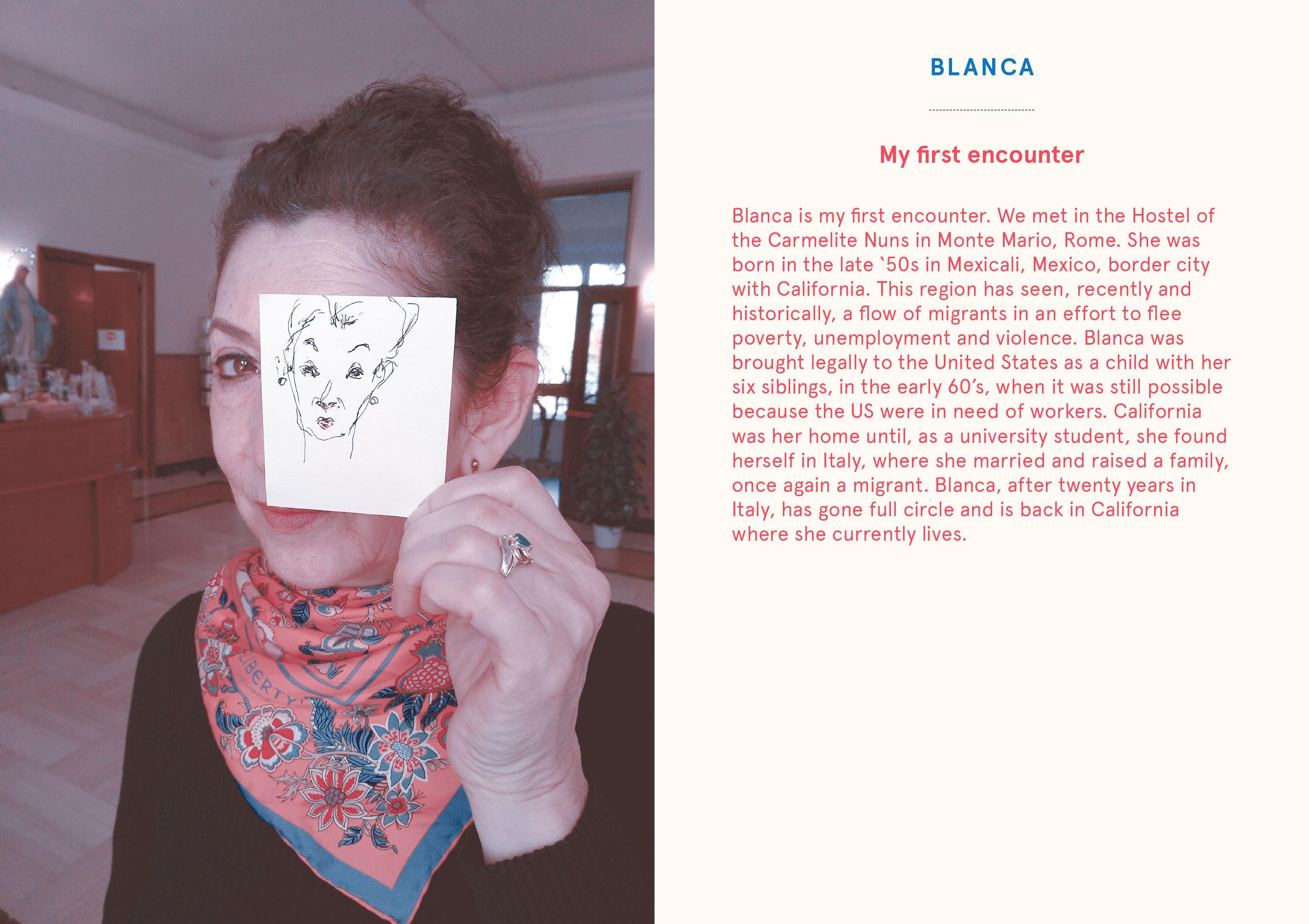

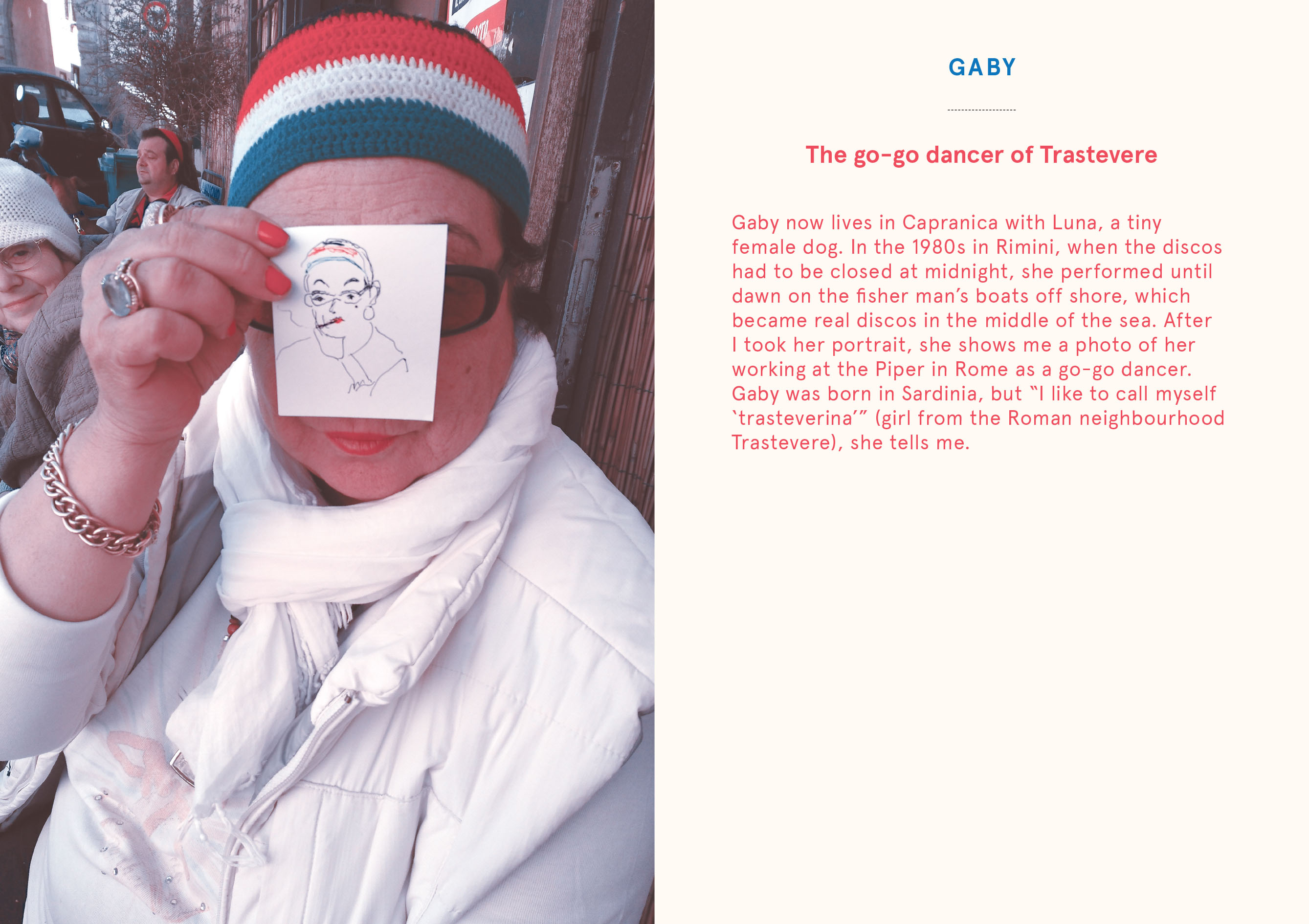


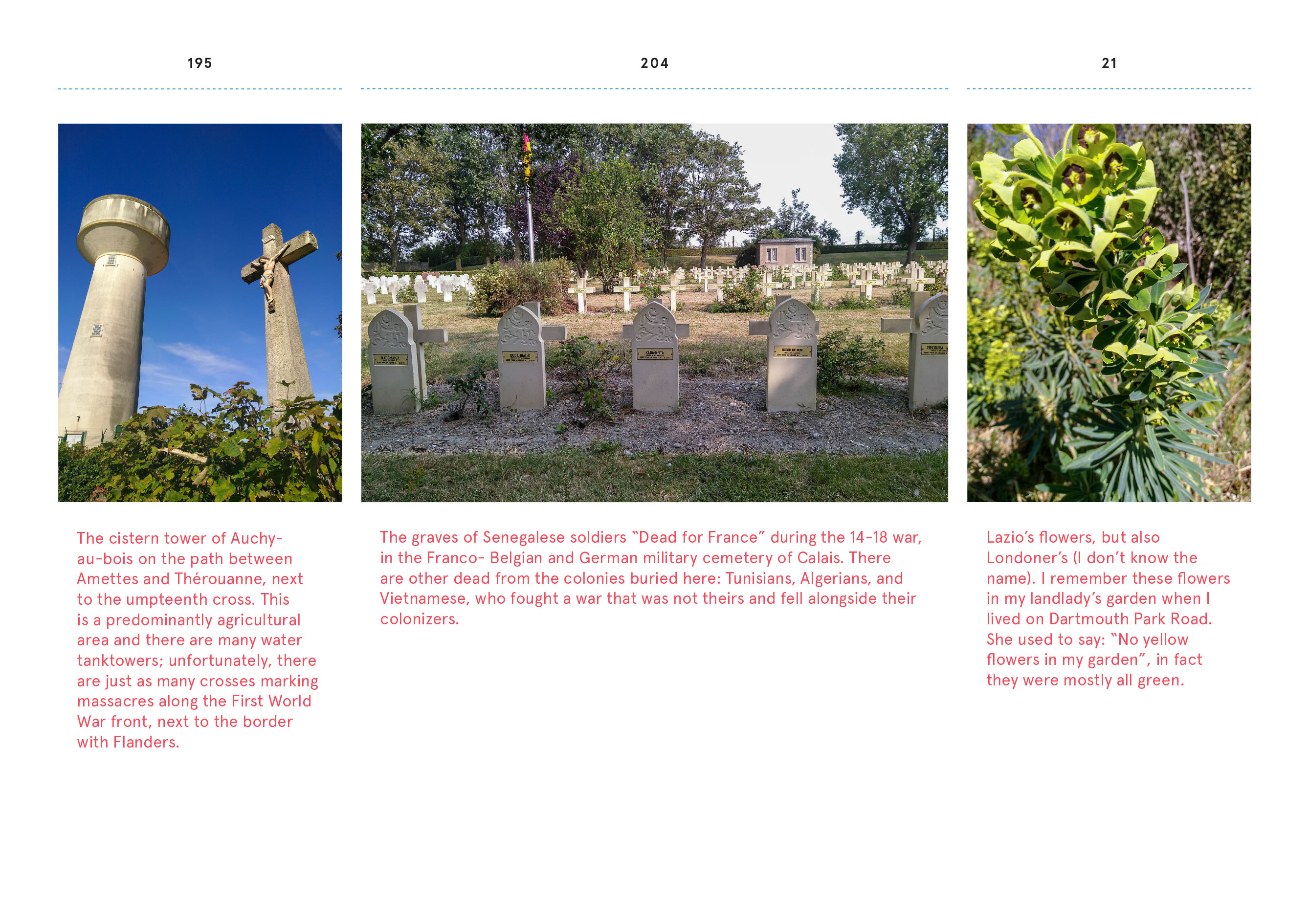



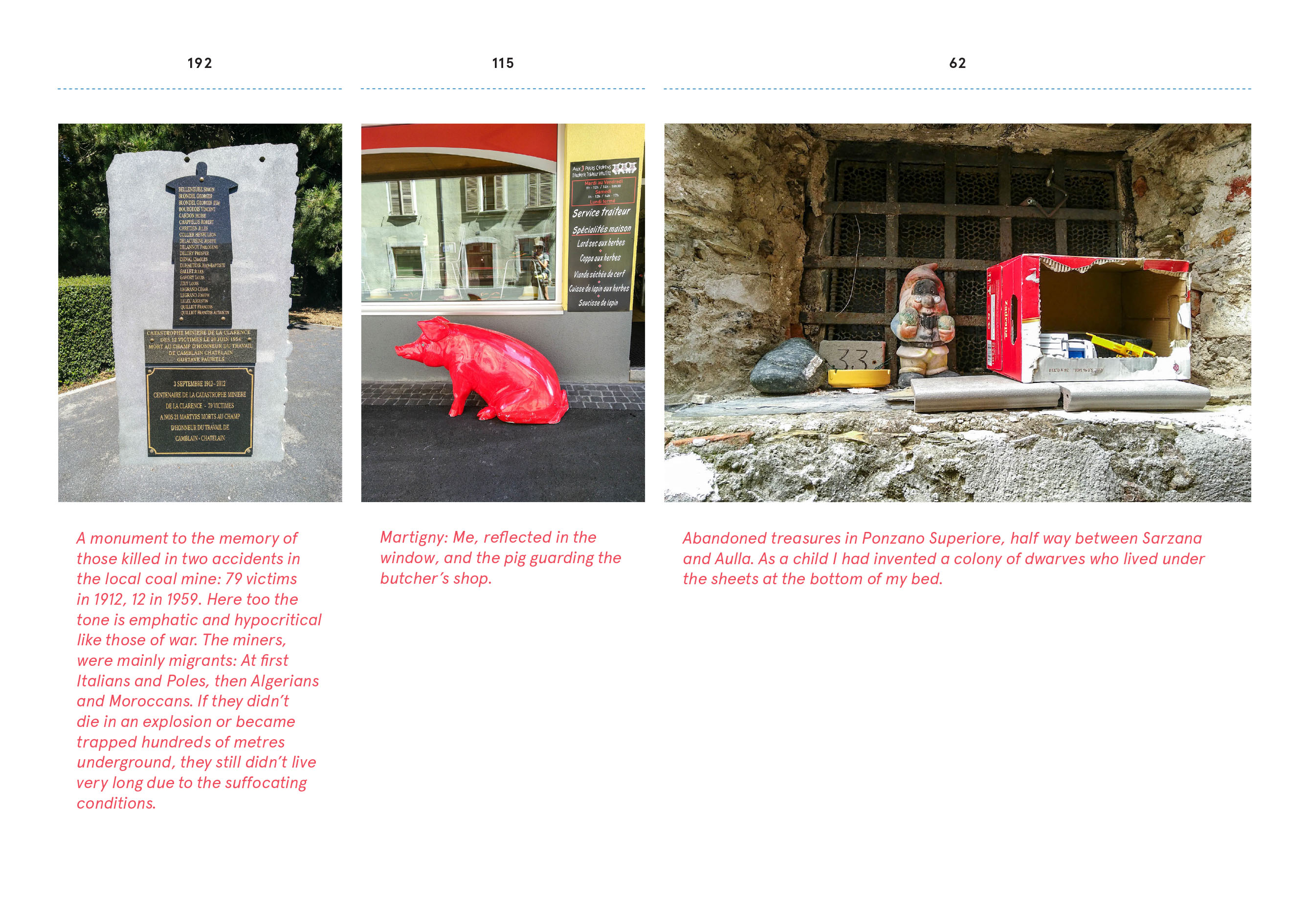



You must be logged in to post a comment.